HomeTriangle Guide: Indoor Plants That Are Unsafe For Kids And Pets
Some of the common indoor plants also constitute a threat to your children and pets. Read HomeTriangle’s guide on 5 indoor plants that are toxic and should be kept away from both your children and pets.
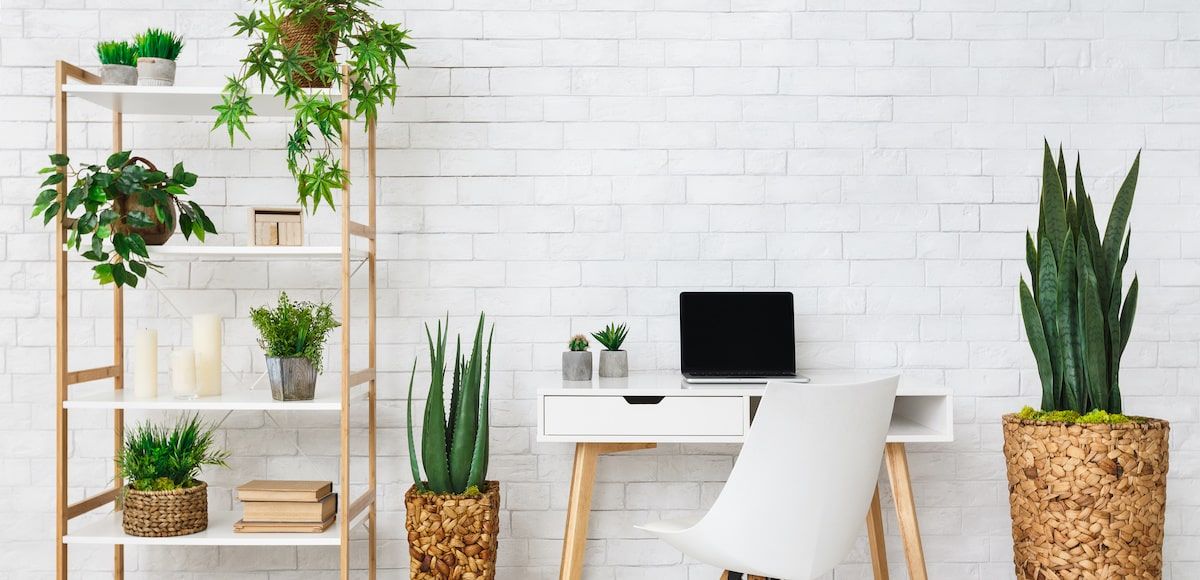
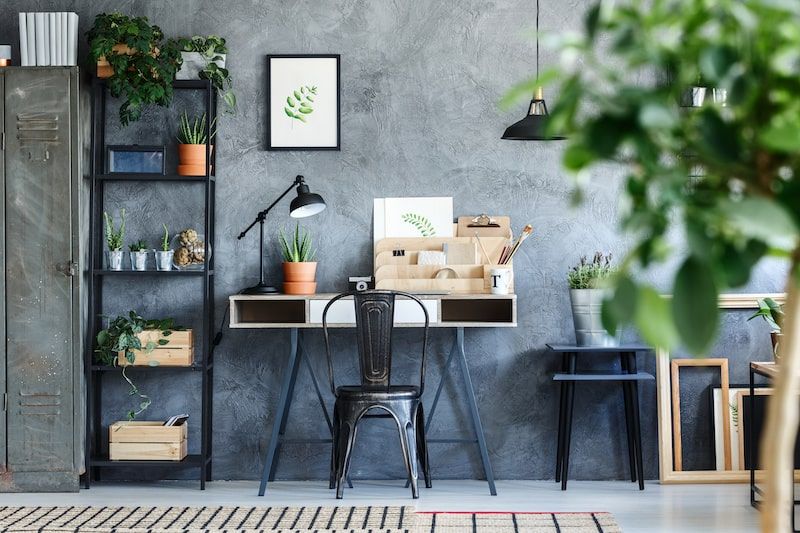
One of the most common sights in almost every home nowadays is exotic indoor plants. Indoor houseplants are very much suggested for your indoors because they bring a lot of benefits like brightening your living space, improving the air quality indoors, and adding life and depth to your indoors. Moreover, a lot of people consider caring for plants as therapeutic. Indoor plants can also complement your décor by providing beautiful splashes of colour.
But, some of these common indoor plants also constitute a threat to your children and pets. Read HomeTriangle’s guide on 5 indoor plants that are toxic and should be kept away from both your children and pets.
Peace Lilies

One of the most familiar flowering houseplants, peace lilies have dark leaves and white flowers. As they need very low maintenance, they are a favoured choice for many people. Nonetheless, they are poisonous to humans, dogs, and cats alike when consumed. All members of the Lily family are toxic to cats. So, we suggest you don’t keep these in your home if you have children or pets around, or at least out of reach. Keep in mind that peace lilies are completely safe to touch and are only dangerous when you consume them.
Devil’s Ivy
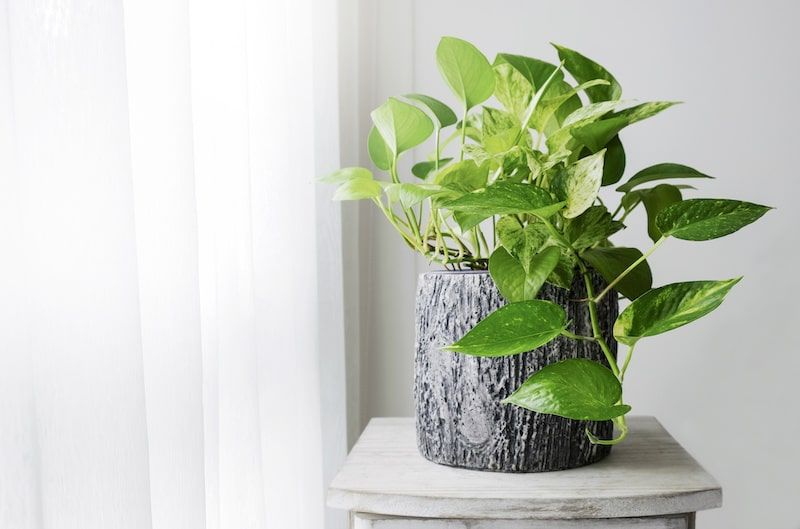
Also known as Pothos, devil’s ivy is another familiar indoor plant. ‘Assorted foliage’ is how the leafy vine is often labelled in most garden centres. The low maintenance and attractive drape are surely appealing, especially when you’re trying to titivate your house on a budget. Having said that, while it is safe to touch Pothos, humans, and pets consuming it will experience severe vomiting and swelling - obviously not the qualities you expect in a house plant.
In search of safer options? We've got you covered with some pet-friendly plants for your home.
Sago Palm
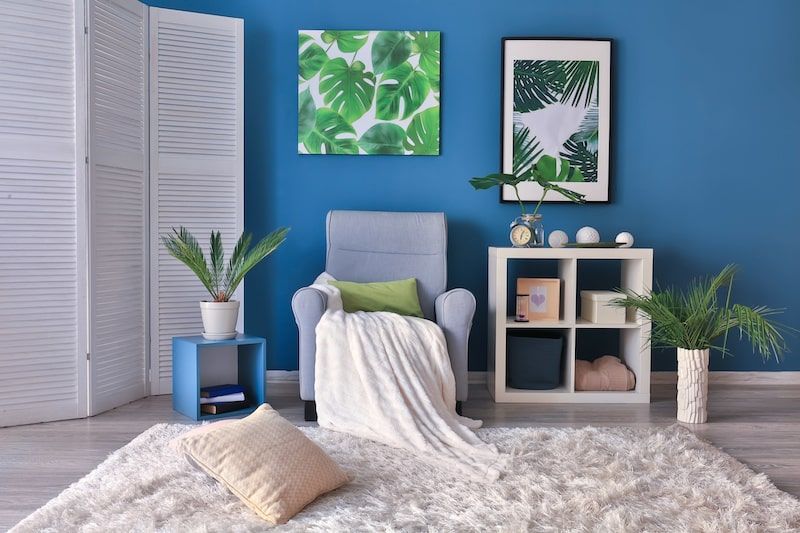
Excellent at improving indoor air quality, compact versions of sago palm are a fun addition to your home. These spiky, ancient plants have a unique structure and that makes them a great talking point and an excellent accent piece. Though they are pretty, these plants have an age-old defence mechanism that causes people who consume them severe vomiting, diarrhoea, and even liver failure in extreme cases. So, it’s very important that you avoid these plants if you have small children or pets that love to chew.
English Ivy
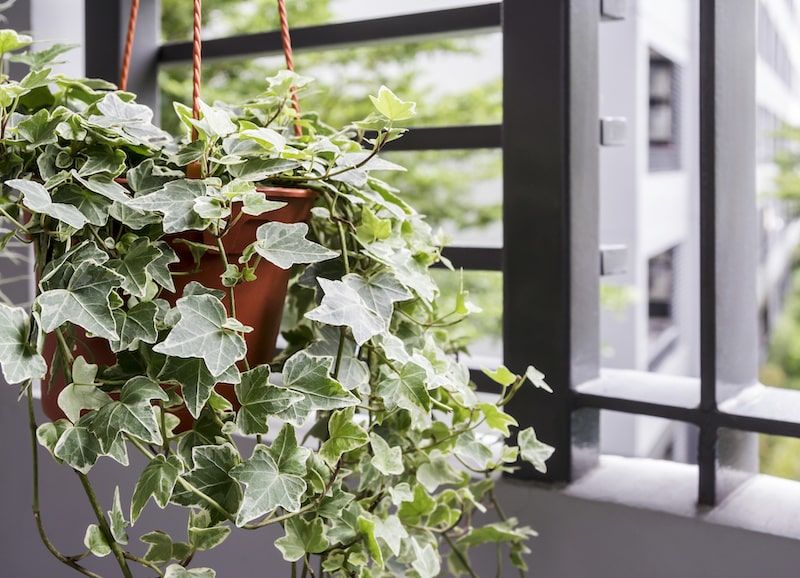
English ivy has small, pointed leaves and makes for a delicate display. These plants have fine vines that cast a loose tangle that prevents them from draping to the extent of other ivy varieties. The good thing about English ivy is that it is easier to keep out of reach from children and pets because if consumed it can cause a wide range of symptoms including weakness, vomiting, throat swelling, dermatitis, rash, and ataxia.
Cyclamen
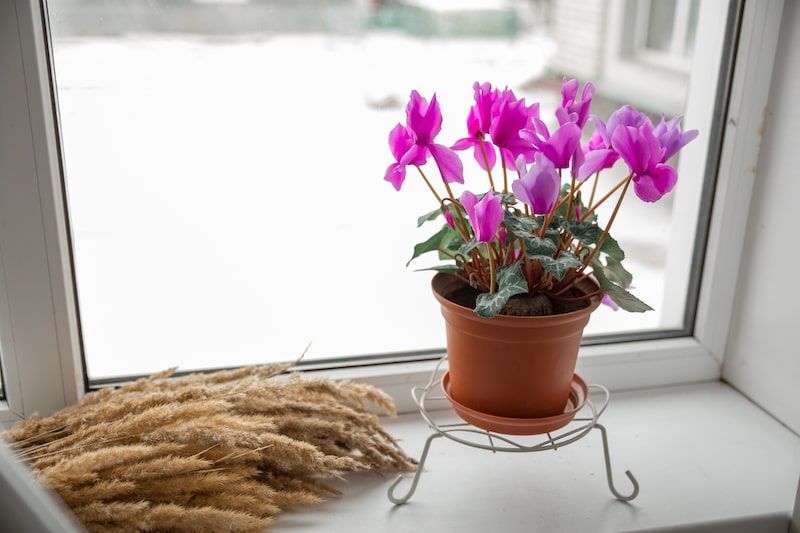
Cyclamen is a dark-leafed plant that produces brightly coloured flowers ranging from white to red and these flowers makes them so enticing to homeowners. But be careful as these plants can cause diarrhoea and vomiting when consumed. We suggest you stay away from these plants if you have small children or pets at home.
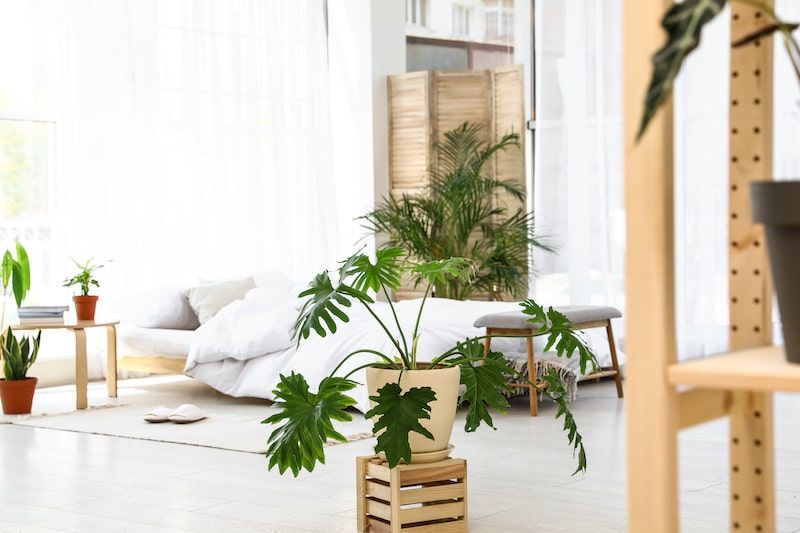
You need to be careful and do some research when you bring plants into a home with pets or kids. But, indoor plants also have a lot of benefits. If you have a sunny garden or terrace, you might be interested in some sun-loving plants that will benefit from the ample amount of sunlight that your


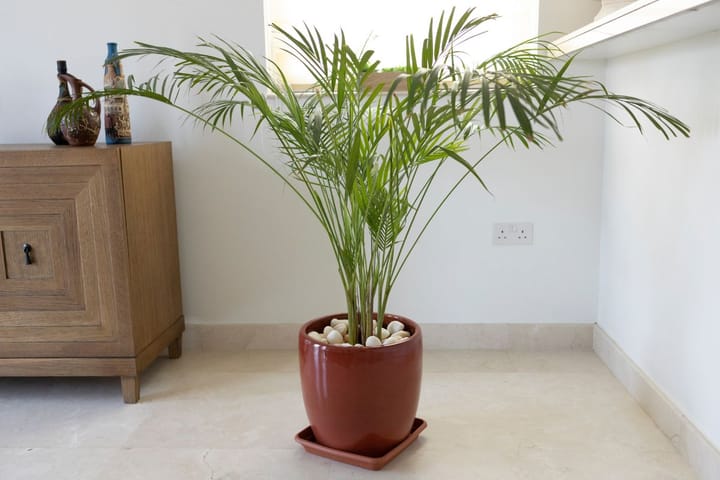

Comments ()